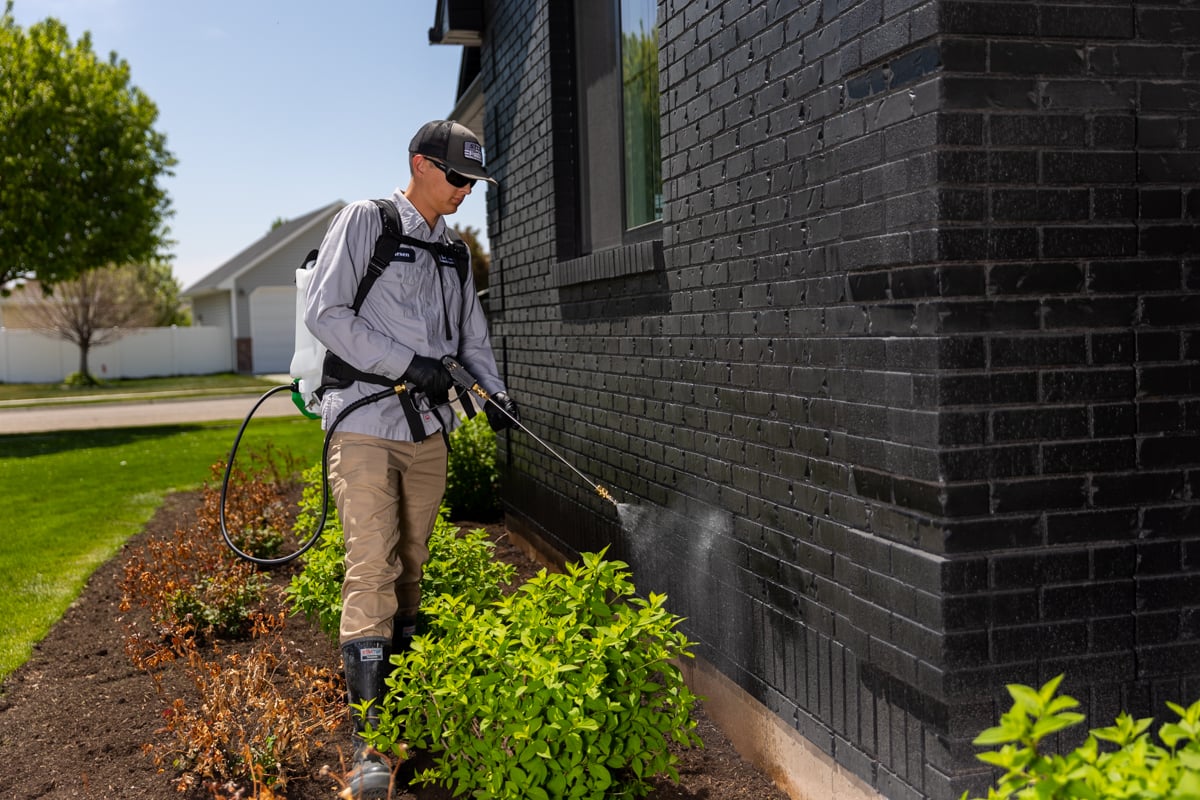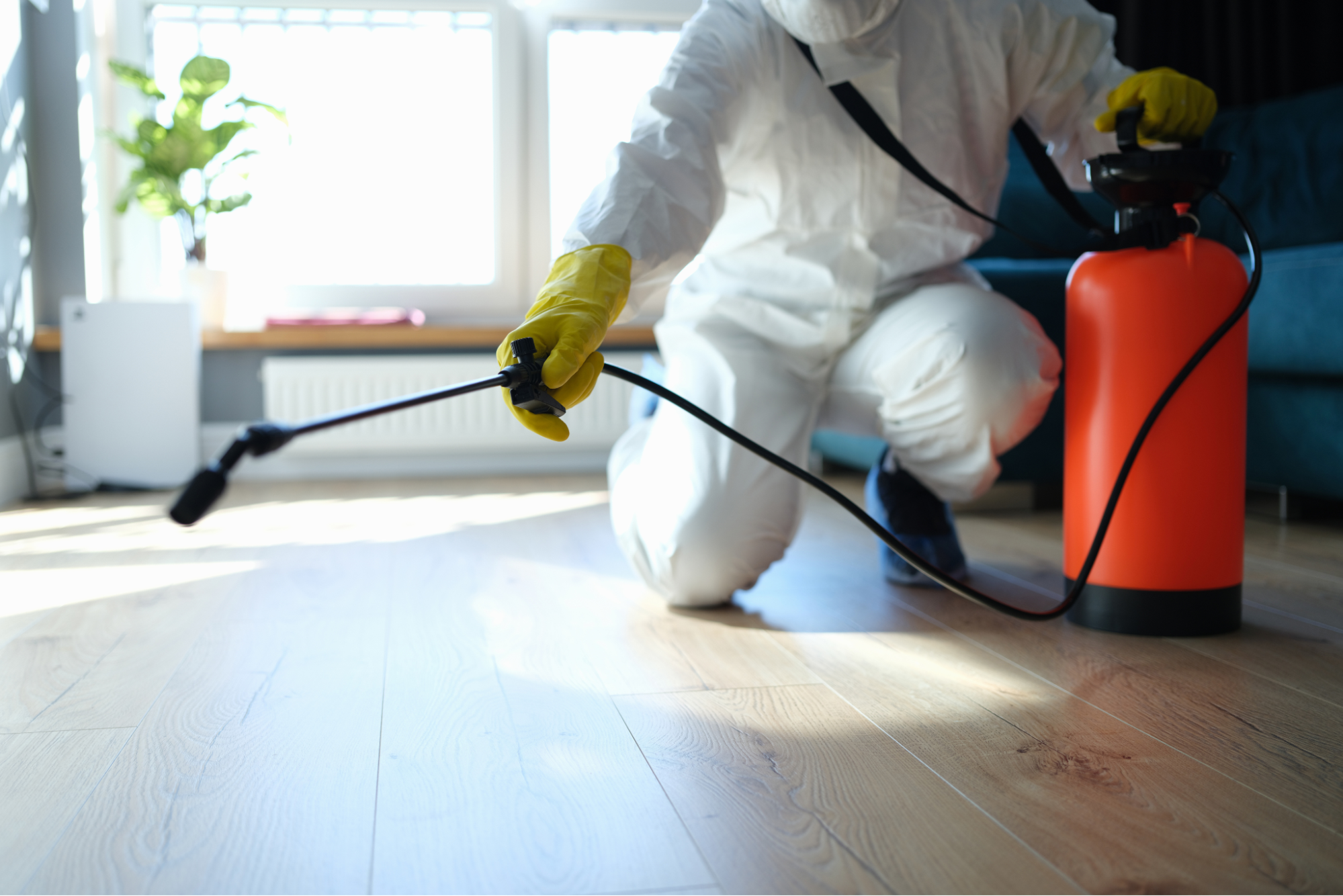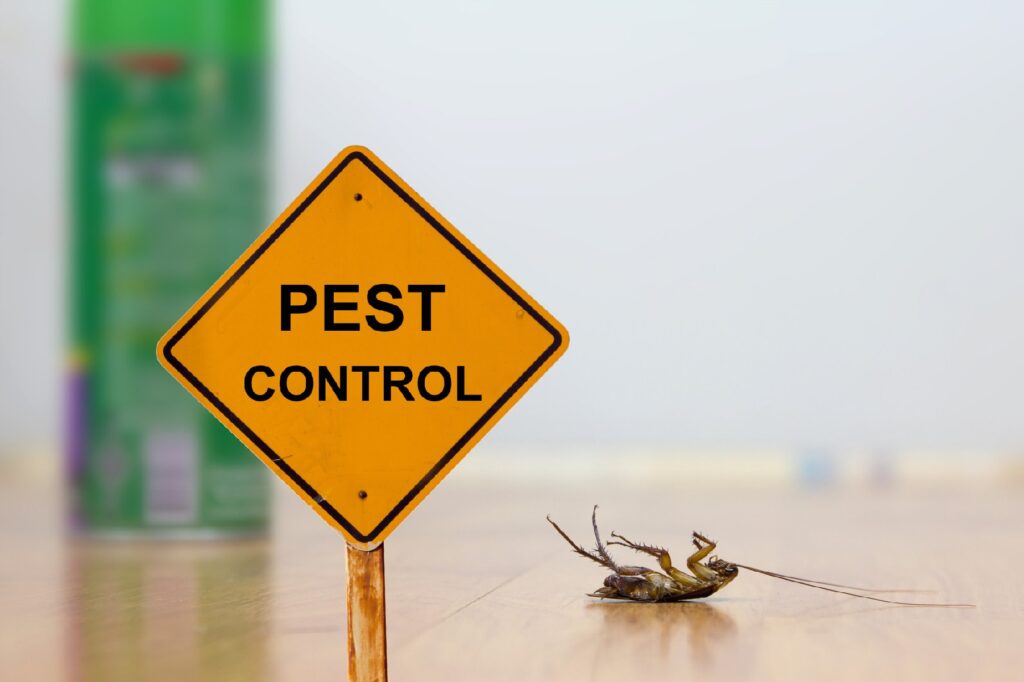A1 Charlotte Pest Control Companies - Your Regional Pest Professionals
A1 Charlotte Pest Control Companies - Your Regional Pest Professionals
Blog Article
Discovering the Ideal Bed Bug Therapy Options: A Thorough Comparison of Techniques
When encountered with the persistent existence of bed pests, the look for efficient treatment choices becomes vital. In the world of parasite control, the battle versus these durable animals requires a strategic technique that thinks about numerous approaches. From chemical therapies to all-natural remedies, each alternative provides an one-of-a-kind set of advantages and constraints that require mindful examination. By diving into an in-depth contrast of these therapy methods, a more clear understanding of one of the most effective technique can be discerned.
Chemical Therapies
Chemical remedies are generally utilized in the reliable removal of bed pests as component of an incorporated parasite administration technique. These options usually consist of pesticides that target bed pests at numerous stages of their life cycle, from eggs to grownups. Among one of the most generally used pesticides for bed pest therapy is pyrethroid, which acts on the pests' nerve system, resulting in paralysis and fatality. An additional efficient chemical option is neonicotinoids, which interfere with the bed pests' nervous system in a different way, ultimately creating mortality - A1 charlotte pest control companies.
When using chemical treatments for bed bug obliteration, it is important to adhere to the guidelines given by the product label to make certain security and efficiency. Furthermore, it is suggested to look for expert support when handling serious infestations to effectively assess the extent of the concern and identify the most appropriate chemical therapy technique. While chemical services can be extremely reliable in eliminating bed insects, it is necessary to think about possible dangers related to their use and abide by finest methods to reduce any negative impacts on human health and the atmosphere.
Heat Treatments
What function does heat play in the therapy of bed pest problems? Warmth therapies have actually gotten appeal as an efficient technique for removing bed pests because of their safe nature and capability to get to covert places where chemicals could not pass through. The process involves elevating the temperature of the ravaged location to levels deadly to bed insects, usually in between 117 ° F and 122 ° F, and preserving it for a continual duration, frequently a number of hours. This warm successfully kills bed pests in all phases of growth, including nymphs, eggs, and adults, making it a detailed option for invasions.
One of the essential benefits of heat therapies is their capability to penetrate deep into furnishings, wall surfaces, and various other hard-to-reach locations where bed pests may hide. Unlike chemical treatments that call for numerous applications and might leave residues, heat therapies use an one-time, chemical-free solution that can be specifically attracting those worried about the usage of pesticides in their home. However, it is necessary to guarantee that the entire room gets to the required temperature which all bed pests are exposed to the warm to attain total eradication.
Heavy Steam Therapies

In addition, heavy steam therapies are eco-friendly since they make use of only water, removing the need for severe chemicals. This makes vapor treatments a recommended choice for those looking for a much more eco-conscious and sustainable technique to pest control. Moreover, heavy steam treatments can be utilized on a selection of surfaces, consisting of mattresses, furniture, and carpetings, making it a versatile option for treating bed bug invasions in various areas of a home or building. Overall, heavy steam therapies supply a non-toxic, effective, and comprehensive approach for removing bed pests.
Cold Therapies
Provided the effectiveness of heavy steam treatments in getting rid pest specialist of bed insects, another viable method to take into consideration for combating these parasites is through the usage of freezing treatments. Cold therapies, also referred to as cryonite or cold treatments, involve using severe cool temperatures to kill bed insects and their eggs. This method works because it triggers ice crystals to develop within the bed bugs' cells, resulting in their fatality.
One of the primary benefits of freezing treatments is that they do not involve making use of any chemicals, making them a risk-free and ecologically friendly choice for insect control - A1 bed bug exterminator charlotte. Furthermore, freezing treatments can penetrate deep right into holes and fractures where bed insects conceal, guaranteeing that problems are completely removed
Nevertheless, it is important to note that freezing treatments might take longer to achieve full removal compared to other techniques like heavy steam treatments. Additionally, cold therapies may not appropriate for all scenarios, as they require specific equipment and know-how to be efficient. On the whole, freezing treatments can be a valuable enhancement to a thorough bed bug therapy strategy, especially when used along with other control approaches.

All-natural Solutions
When taking into consideration parasite control techniques for bed bugs, discovering natural remedies can provide a eco-friendly and non-toxic method to resolving problems. A1 exterminators charlotte nc. Natural solutions typically entail making use of substances such as essential oils, diatomaceous earth, and vapor to battle bed pest infestations without the use of rough chemicals
Crucial oils like lavender, tea tree, and peppermint have been recognized for their insect-repelling buildings and can be weakened and sprayed around ravaged areas to discourage bed bugs. Diatomaceous click reference planet, a great powder made from fossilized algae, works by drying out and ultimately killing bed insects upon contact. Heavy steam treatments are another reliable natural solution, as the heats can eliminate bed insects at all phases of their life cycle.
While all-natural solutions can be a safer choice for households with children, individuals, or pet dogs delicate to chemicals, it is necessary to note that they might call for even more constant application and diligence to totally get rid of bed insect invasions.
Verdict
In verdict, different treatment options exist for bed pest problems, each with its own benefits and limitations. Chemical therapies are reliable but might posture official statement wellness threats. It is important to think about the certain needs and circumstances of each scenario when selecting a therapy technique.
Unlike chemical treatments that call for multiple applications and may leave residues, warmth treatments use an one-time, chemical-free option that can be specifically appealing to those worried about the use of pesticides in their living areas. Unlike some chemical therapies, vapor therapies do not leave behind harmful residues, making them a more secure option, especially in atmospheres where chemical pesticide use is a problem, such as homes with pets or kids.

Report this page